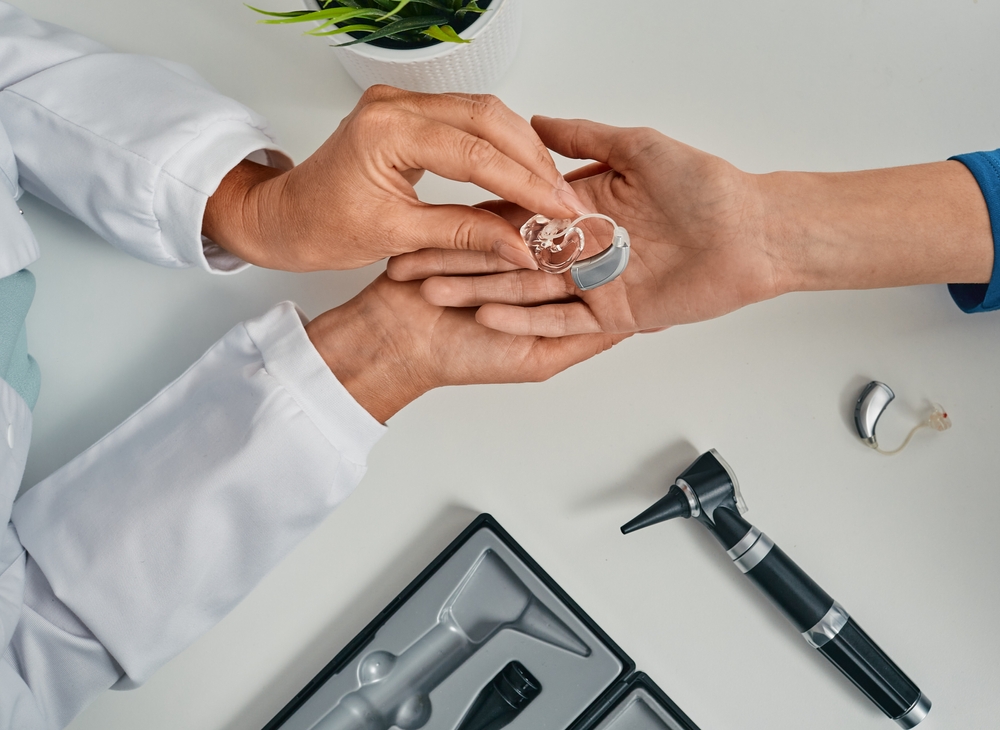
Hearing aids perform a vital role in enhancing sound clarity and enriching daily communication. For optimal performance, it’s essential to schedule routine maintenance and routine expert cleaning sessions. Over time, earwax, moisture, and debris can build up, leading to reduced functionality. Recognizing when it is time to arrange professional maintenance can help prolong the longevity of your hearing aids and ensure they continue to operate at their best.
Why it’s valuable to have your hearing aids professionally cleaned
Despite regular maintenance at home, hearing aids can slowly collect debris that could impact how well they work and the quality of sound they produce. Routine servicing provides a number of advantages:
- Deep Cleaning– Eliminates earwax, dust, and moisture that everyday cleaning tools might not successfully eliminate.
- Enhanced Performance– Removes blockages that can cause muffled sound or distortion.
- Prolonged Lifespan– Protects against premature wear and tear, reducing the need for repairs or replacements.
Getting your hearing aids cleaned by a professional helps ensure they function at their best, decreasing the likelihood of unexpected malfunctions.
Indications that your hearing aids need professional upkeep
If you’re uncertain whether it’s time for a professional cleaning, watch for these common warning signs:
- Muted or Distorted Sound Quality: If voices and environmental sounds seem muffled, dull, or distorted, it might be due to wax or debris blocking the microphone or speaker.
- Persistent Shrieking or Feedback: A high-pitched whistling sound (feedback) can signify wax buildup or a poor fit. A professional cleaning can help eliminate obstructions and refine the fit.
- Problems with Volume Control: If adjusting the volume doesn’t seem to have the desired effect, internal components might require maintenance or software recalibration.
- Moisture-Related Breakdowns: Too much moisture can damage internal components, resulting in sporadic sound loss or broken buttons. A professional technician can assess and resolve any moisture-related concerns.
- Noticeable Wax or Dirt Build-up: If you notice a considerable accumulation of wax or debris on your hearing aids, professional cleaning ensures a more complete removal than at-home care.
- Implement specialized instruments to meticulously extract wax, debris, and moisture from sensitive elements without doing damage.
- Confirm the correct performance by inspecting and fixing any broken components.
- Examine both software and hardware to identify any performance problems that might be affecting the sound quality.
- Switch out deteriorated filters or tubing that might be limiting device performance.
- Standard maintenance should be conducted every 3 to 6 months.
- Regular cleanings are suggested for people who tend to produce a lot of earwax or reside in areas with high humidity, as these environments can intensify wax accumulation.
- Managing small issues promptly can help steer clear of expensive repairs down the line.
What does a professional hearing aid cleaning look like?
A professional cleaning appointment goes past routine upkeep and ensures your devices function efficiently. During the appointment, specialists will:
What is the suggested time frame for setting up professional maintenance?
The frequency of professional cleanings depends on factors including earwax production, moisture levels, and usage habits. Frequently suggested best practices are:
Take care of your hearing aids for ideal performance
To keep your hearing aids working efficiently and delivering crisp, clear audio, it’s crucial to schedule routine exams and maintenance with a hearing care professional.
If you’re experiencing muffled audio, feedback, or functionality issues, it may be time to set up a professional cleaning.
Book an appointment for your hearing aid cleaning and maintenance now.